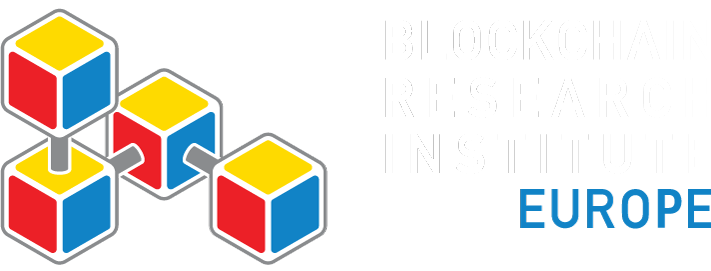Managing Blockchain Transparency
Webinar Overview
Author: Andreas Park
Release Date: November 10, 2017
Abstract:
In this research, Park explains that transparency is a design choice. Whether the blockchain is public and permissionless, such as the Bitcoin or Ethereum blockchains, or private and permissioned, such as Ripple or Hyperledger implementations, transactions are traceable with attribution of actions to identifiers. Therefore, the technology has a native high level of transparency. Users can still protect their privacy in both private and public blockchains: some methods are procedural and involve the smart usage of the protocol, whereas others are technological and use mathematics. Park argues for public disclosure even on permissioned blockchains.
